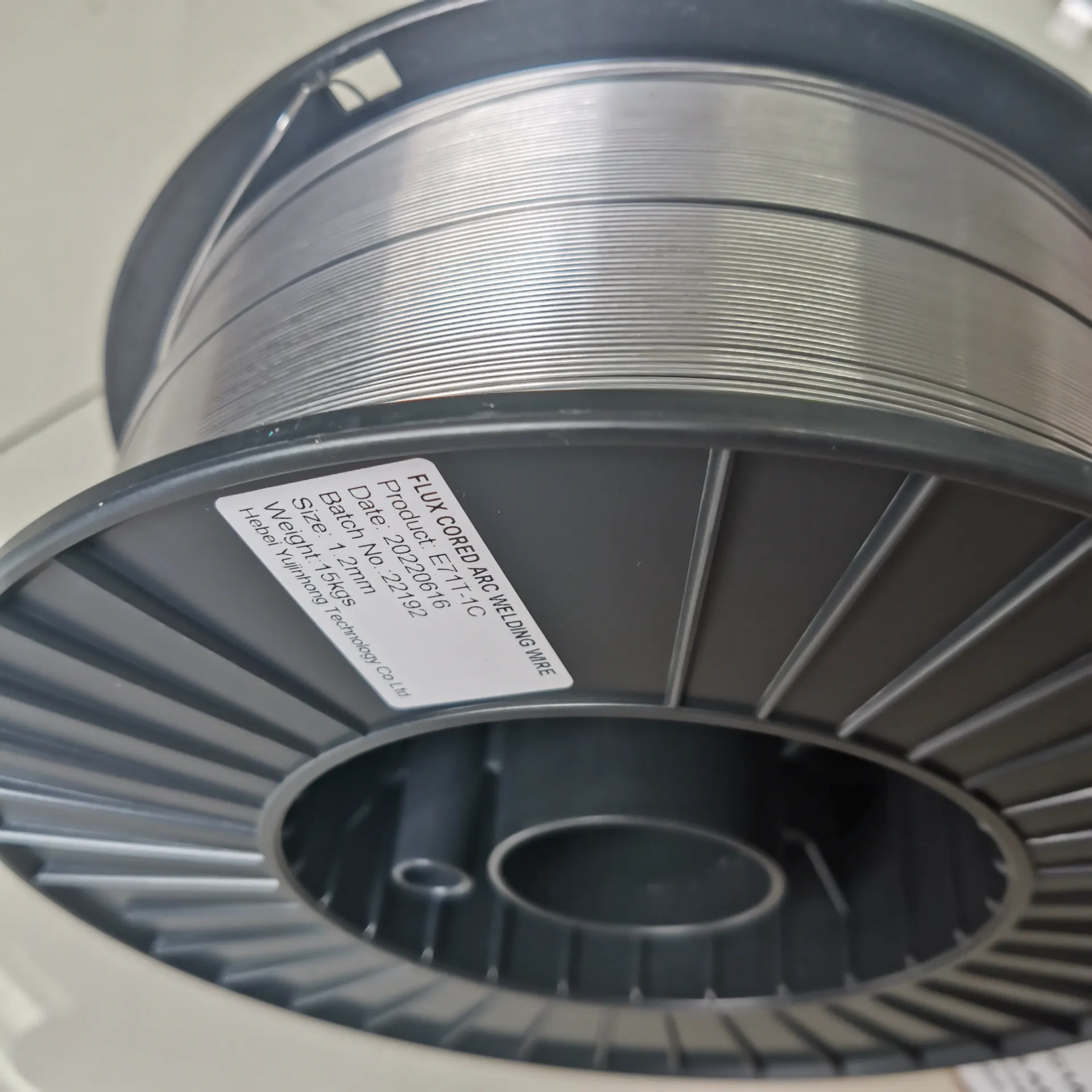electrodos de soldadura
Understanding Welding Electrodes Types, Applications, and Best Practices
Welding is a fundamental process in metal fabrication, construction, and repair, and it utilizes various materials and techniques to join metals. At the heart of many welding processes lies the welding electrode, a critical component that facilitates the fusion of metals. This article will explore the different types of welding electrodes, their applications, and best practices for usage to ensure effective and safe welding.
What is a Welding Electrode?
A welding electrode is a conductor through which an electric current is passed to create an arc and produce heat for welding. Electrode materials can vary widely, depending on the welding technique used. The electrode may be consumed during the welding process or remain intact. The most common types of welding electrodes include
1. Shielded Metal Arc Welding (SMAW) Electrodes Also known as stick electrodes, these are covered in a flux coating that generates a shielding gas and slag during welding. This type of electrode is versatile and widely used for repair work and construction, especially in outdoor environments. Common SMAW electrodes include E6010, E6011, and E7018, which differ in their coating composition and suitability for various materials.
2. Gas Metal Arc Welding (GMAW) Electrodes Known as MIG electrodes, these are fed continuously into the welding arc. The wire is typically made from mild steel, stainless steel, or alloy materials. In GMAW, an inert gas is used to shield the weld from contamination, making it suitable for thin metals and high-speed applications.
3. Flux-Cored Arc Welding (FCAW) Electrodes These electrodes have a core filled with flux, providing additional shielding. FCAW may be used with or without an external gas supply. This process is especially handy for outdoor welding where wind might disperse shielding gases.
4. Tungsten Inert Gas (TIG) Electrodes TIG welding involves a non-consumable tungsten electrode, with a separate filler material added as needed. This method provides high-quality welds and is ideal for metals like aluminum and magnesium.
Applications of Welding Electrodes
Welding electrodes have a vast range of applications across various industries. They are crucial in construction, manufacturing, automotive, aerospace, and shipbuilding sectors. Each electrode type is selected based on the specific requirements of the project—such as the base material, thickness, desired strength, and environmental conditions.
electrodos de soldadura

For example, E7018 electrodes are favored in structural steel applications due to their high tensile strength and ductility. On the other hand, GMAW with MIG wires is often chosen for its efficiency in welding thinner materials, commonly found in the automotive industry.
Best Practices for Using Welding Electrodes
To ensure optimal performance and safety while using welding electrodes, the following best practices should be observed
1. Choosing the Right Electrode Always select an electrode that matches the base materials and the specific requirements of your weld. Refer to the manufacturer’s specifications for guidance.
2. Storage and Handling Electrodes should be stored in a dry environment to prevent moisture absorption, which can lead to weld defects. Stick electrodes must be kept in a sealed container, while MIG wires should be protected from rust.
3. Proper Technique Familiarize yourself with the correct welding technique for the electrode type you are using. This includes understanding the appropriate amperage settings and travel speed to achieve a quality weld.
4. Safety Measures Always wear appropriate personal protective equipment (PPE), such as gloves, helmets, and protective clothing, to ensure safety during the welding process. Check the workspace for proper ventilation to avoid inhaling hazardous fumes.
5. Regular Inspection Periodically check electrodes for damage or degradation. Using compromised electrodes can lead to poor weld quality and increased risk of failure.
Conclusion
Welding electrodes are essential components of the welding process that significantly influence the quality and strength of welds. By understanding the various types of electrodes, their applications, and following best practices, welders can ensure effective and safe operations in their projects. With the right knowledge and techniques, welding can continue to be a reliable method for joining metals across numerous industries.
-
Best MIG Welding No Gas Flux Core Solution – Easy, Portable & Clean WeldingNewsJul.08,2025
-
7018 Welding Rod 3/16 - High Strength, Low Hydrogen Electrodes Wholesale 3/32 Welding Rod 7018 Suppliers & China 7018 AC Welding Rod FactoryNewsJul.08,2025
-
High Quality MIG Aluminium Welding Wire - Wholesale Factory Prices from China SuppliersNewsJul.07,2025
-
High-Quality Gasless Aluminum Welding Wire China Gasless Aluminum MIG Wire SupplierNewsJul.07,2025
-
High Quality Ordinary Welding Rod for Pipes – Reliable China Welding Rod 7016 SupplierNewsJul.06,2025
-
Welding Wire 0.9 mm ER70S-6 Supplier Wholesale Manufacturers & FactoriesNewsJul.06,2025


